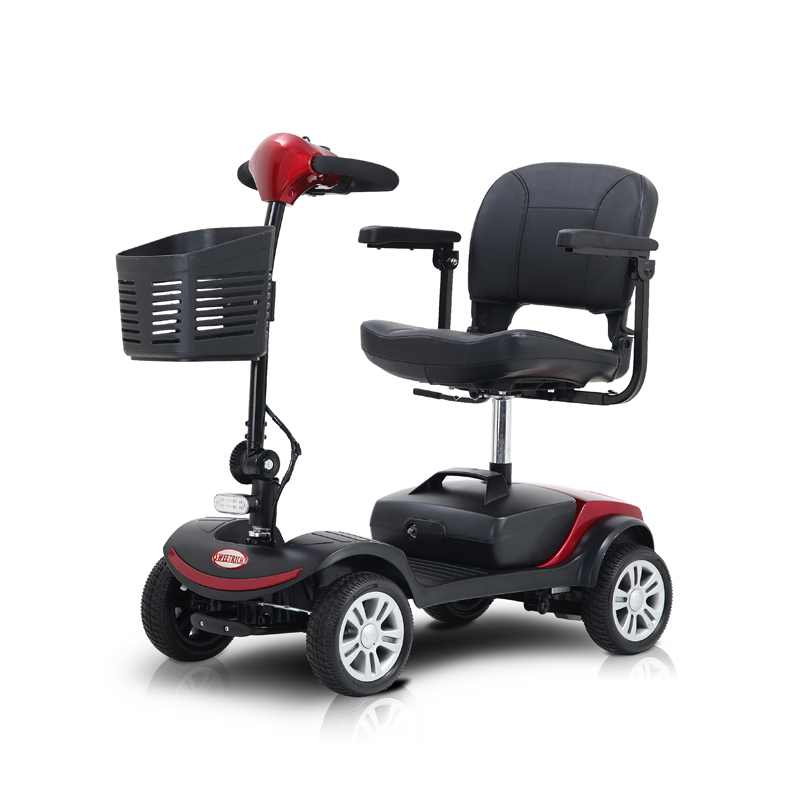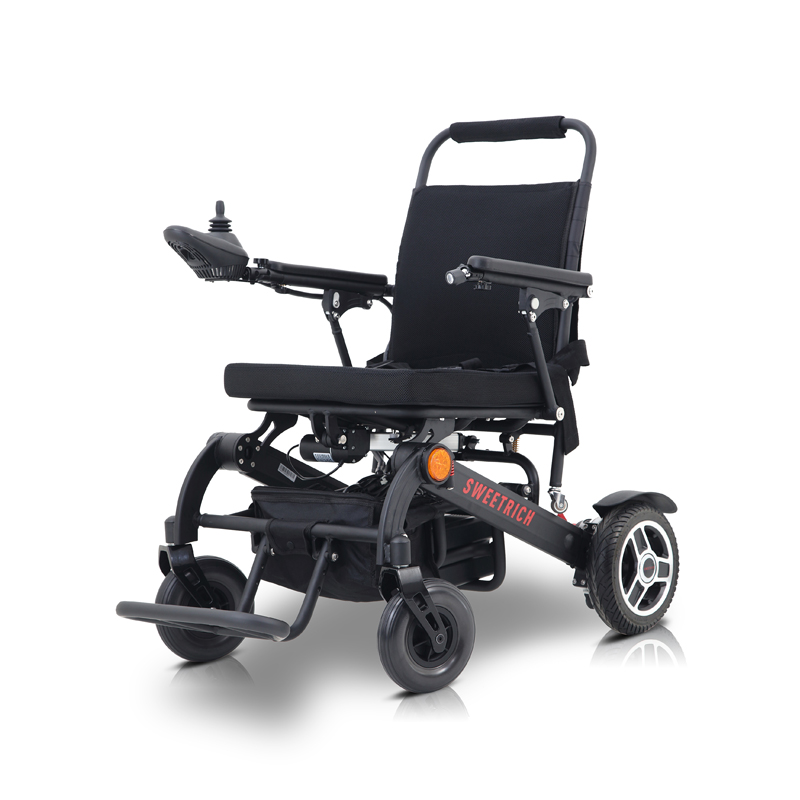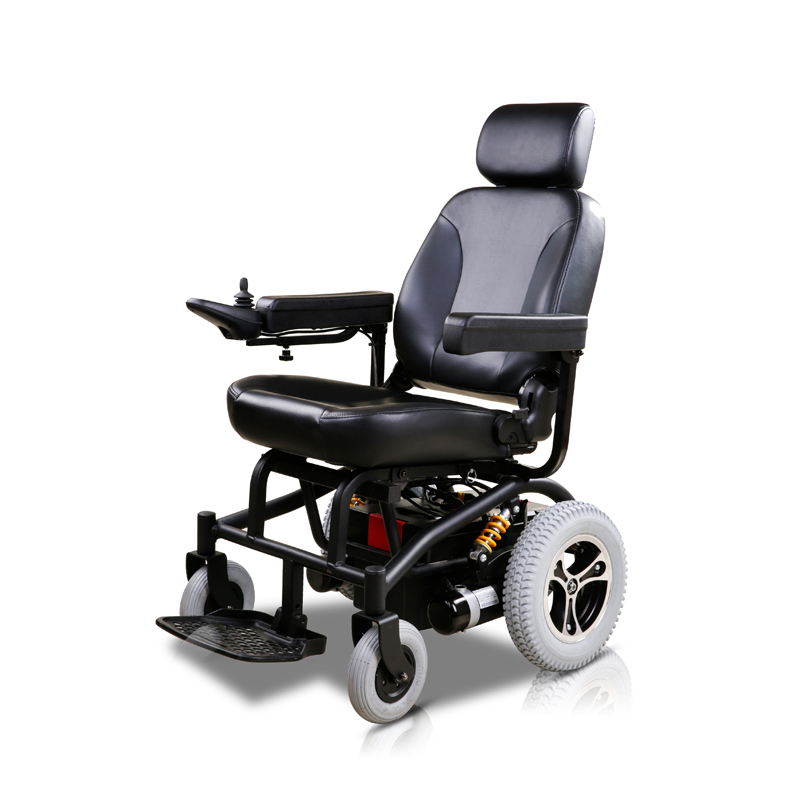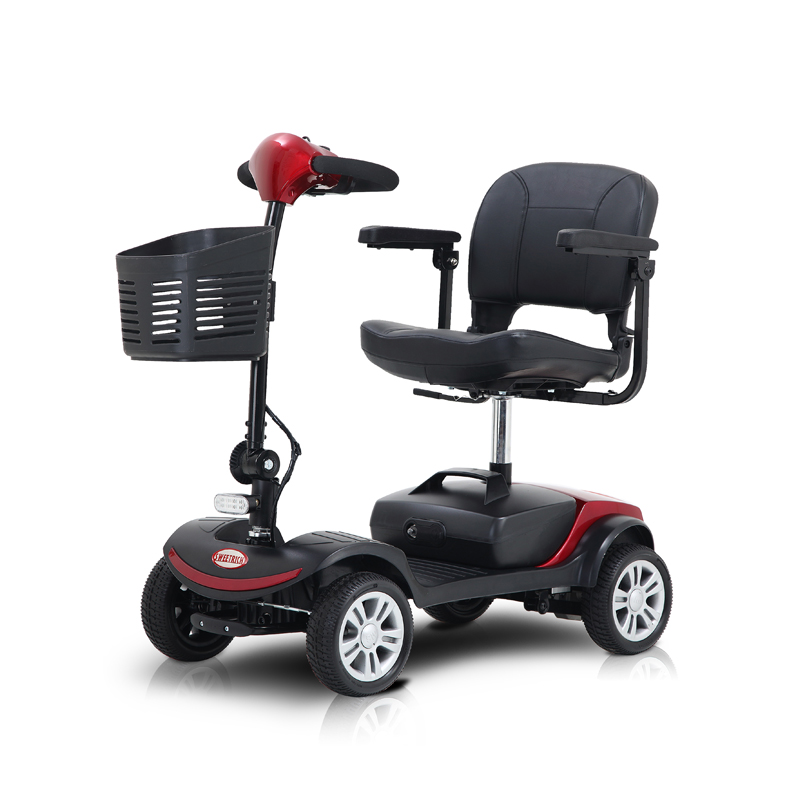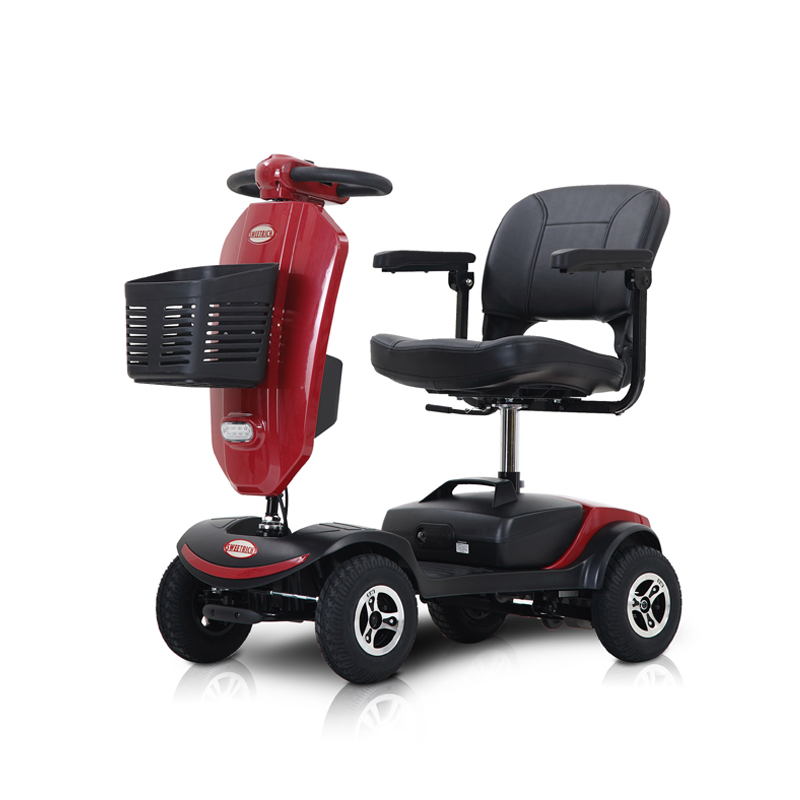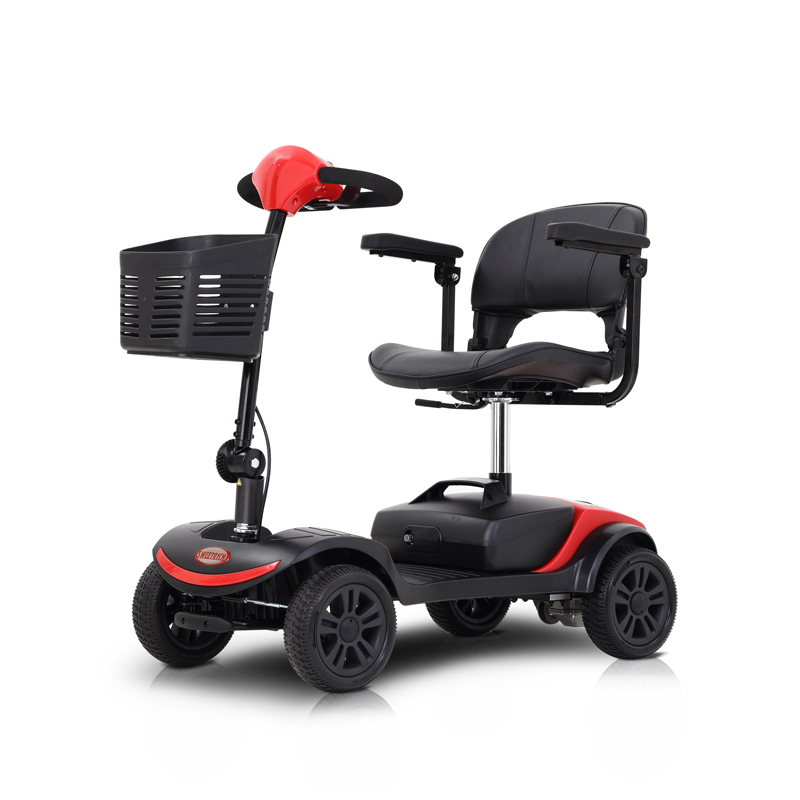Electric scooters are no longer seen merely as niche tools for seniors or individuals with limited mobility—they are rapidly becoming a mainstream transportation choice for a broader audience seeking independence, comfort, and convenience. Driving this transformation is the growing Wholesale Mobility Scooter market, where high-volume demand aligns with fast-paced technological advancements. As accessibility and mobility trends shift across the globe, these scooters are gaining traction not just in healthcare, but also in tourism, retail, and public transportation systems.
As global perceptions of accessibility and mobility continue to evolve, electric scooters are no longer seen solely as niche tools for the elderly or people with disabilities. They are increasingly becoming a mainstream choice for a broader user base seeking independence, comfort, and convenience. A significant area driving this shift is the wholesale electric scooter market, where high-volume demand aligns with rapidly advancing technologies.
In today’s mobility landscape, businesses, healthcare facilities, and tourism operators are actively seeking accessible transportation solutions. The reasons are clear: an aging population, ongoing urban development, and a rising emphasis on individual autonomy. From hospitals requiring reliable indoor mobility options to outdoor parks offering scooters as guest amenities, the market is moving toward more inclusive experiences.
Electric scooters, once associated primarily with a specific demographic, are now gaining popularity among younger users who prioritize freedom, convenience, and low-impact transportation. This broader audience is encouraging manufacturers to rethink traditional scooter design—creating models that are lighter, more adaptive, and more stylish, without compromising reliability.
The growing demand for wholesale solutions reflects not just a local but a global trend. Cities worldwide are reshaping transportation systems to be more inclusive and efficient. With continued investment in accessible infrastructure and pedestrian-friendly zones, lightweight mobility scooters are emerging as ideal tools for modern urban life.
Technological advancements continue to shape the future of the industry. From foldable frames and modular components to digital dashboards and mobile app integration, mobility scooters are benefiting from design principles often found in consumer electronics. What was once a simple battery-powered vehicle has evolved into a connected, user-focused device infused with safety, comfort, and usability features.
Sustainability is becoming a key driver of innovation in mobility. As awareness of environmental impact increases, mobility manufacturers are facing growing pressure to reduce waste and minimize emissions. Many buyers are now as concerned with a scooter’s environmental footprint as they are with its convenience. Manufacturers are exploring recyclable materials, energy-efficient motors, and low-waste packaging—all contributing to a greener supply chain. Wholesale buyers are particularly attuned to these developments, recognizing sustainability as a rising priority among both individual and institutional customers.
Social media and online communities are playing a surprisingly influential role in increasing electric scooter adoption. User reviews, lifestyle vlogs, and comparison videos allow potential buyers to explore features, understand real-world usage, and engage directly with brands. This level of transparency builds trust and enables manufacturers to respond more quickly to user preferences—leading to faster iteration and improvement.
Personalization is another emerging trend in mobility solutions. Custom colors, adjustable components, and interchangeable accessories are no longer seen as premium features but as standard expectations. Wholesale mobility scooter suppliers are adapting to this trend by offering flexible manufacturing capabilities, allowing retailers and institutions to tailor solutions for specific user groups—such as those recovering from surgery or those participating in community-based mobility programs.
Greater social awareness has helped electric scooters move beyond outdated stigmas. Once narrowly linked to disability, they are now viewed as symbols of independence and proactive living. This shift in perception has attracted active seniors and younger users alike—those who seek stylish, modern alternatives to walking long distances or relying on cars for short trips.
To meet these evolving preferences, designers have reimagined scooter aesthetics. Sleek lines, urban-inspired color palettes, and compact form factors have become part of the product identity. At the same time, manufacturers must remain attentive to evolving transport regulations and safety requirements, especially in regions where rules for personal electric vehicles are still developing.
Beyond healthcare, other industries are beginning to recognize the value of electric scooters. Retail, tourism, and public transportation sectors are exploring ways to enhance accessibility and user experience. For example, hotels and theme parks are integrating scooters into guest services, while transport hubs are developing scooter-friendly zones to simplify last-mile travel.
Sweetrich continues to stay at the forefront of these developments by investing in user-focused design and forward-thinking features. With a focus on scalable infrastructure, the company’s strategy supports both current operational demands and the long-term development of urban and indoor mobility ecosystems.

